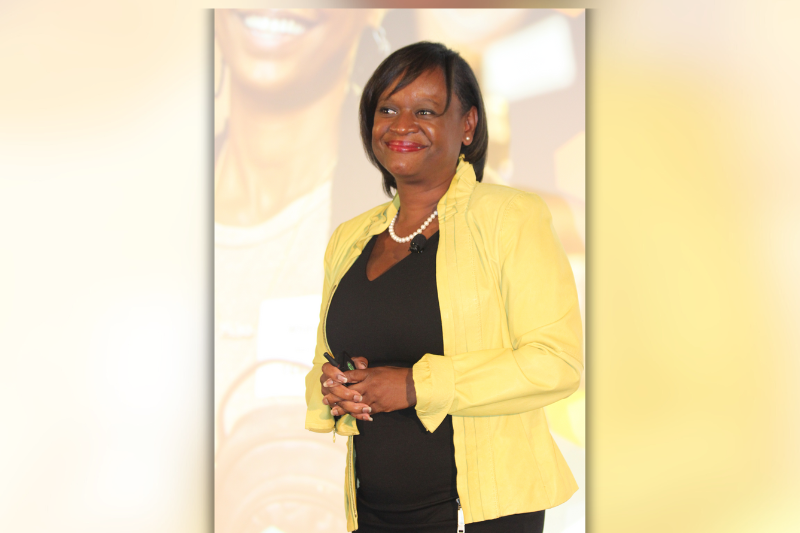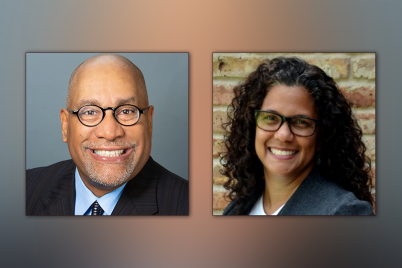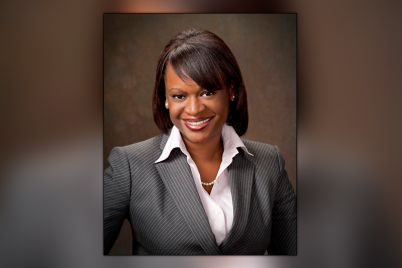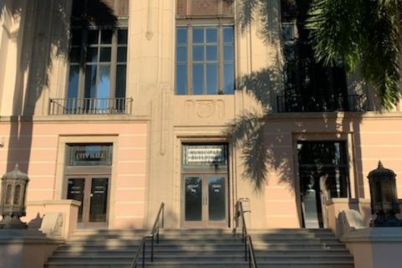‘I am grateful for your trust in me for this most esteemed assignment and will work hard every day to exceed expectations,’ said Dr. Kanika Tomalin at the celebration to welcome her as the new president and CEO of the Foundation for a Healthy St. Petersburg on Nov. 16.
BY FRANK DROUZAS | Staff Writer
ST. PETERSBURG — The Foundation for a Healthy St. Petersburg (FHSP) and Center for Health Equity welcomed Dr. Kanika Tomalin as president and CEO with its “Full Circle Celebration” on Nov. 16. Tomalin, who helped create the Foundation in 2013, talked about its past, present, and vision for the future.
Dr. Donna Petersen, chair of the Board of Trustees, noted that when the Foundation searched for the next president and CEO last year, engaging the community and hearing directly from residents and leaders was vital.
“You told us what kind of foundation leader and, importantly, what kind of partner you wanted,” she said, “and we listened.”
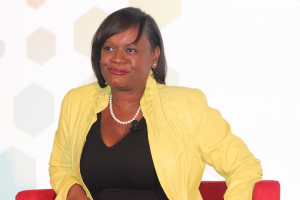
‘My full circle journey to lead this foundation that I was fortunate to help create more than a decade ago is a dream in action,’ said Dr. Kanika Tomalin.
Tomlin is the fifth generation of her family to live in St. Pete, and she has deep roots in this community. She could have gone anywhere in the world to build her career, but she chose to stay in the Sunshine City.
She is a former journalist who rose through the Bayfront Health ranks to become the vice president of Strategic Planning and Public Affairs. While there, she led the creation of the joint venture partnership that resulted in the formation of the FHSP.
Tomalin went on to serve two terms as St. Petersburg’s deputy mayor under former Mayor Rick Kriseman and four years as city administrator.
During her time as deputy mayor, Tomalin helped launch numerous initiatives that have made St. Pete more vital, inclusive, and healthier. Her work led to the founding of the Innovation District and the Healthy St. Pete initiative, which both helped reduce the African-American poverty rate to a new low.
Ten years ago, Pinellas County ranked 38th of 67 counties in Florida for overall health; today, it ranks 17th.
In discussing indicators defining our health, safety, and well-being — how long we’ll live, how much we’ll earn and the education we’ll attain — she noted studies showing that life expectancy varies from neighborhood to neighborhood.
Such a discrepancy certainly exists in St. Pete, as predominately white residents of affluent Snell Isle live an average of 82.7 years, whereas in Campbell Park — a predominately and historically working-class Black neighborhood is only 66.5 years.
“Roughly four miles apart,” Tomalin said, “there’s a 16-year difference,” adding that the people living in Campbell Park have a life expectancy that is not only significantly lower than those in Snell Isle but in the county, state, and nation. “It’s a story that plays out the same at every stage of life, and in our community, it directly correlates to race.”
In our nation, a disparity exists between people of color and their white counterparts. For the population in St. Pete, this primarily manifests as a matter of Black and white, Tomalin said. Black people who live in south St. Pete experience disparate outcomes in nearly every measured category when compared with their white counterparts who live in other parts of the city.
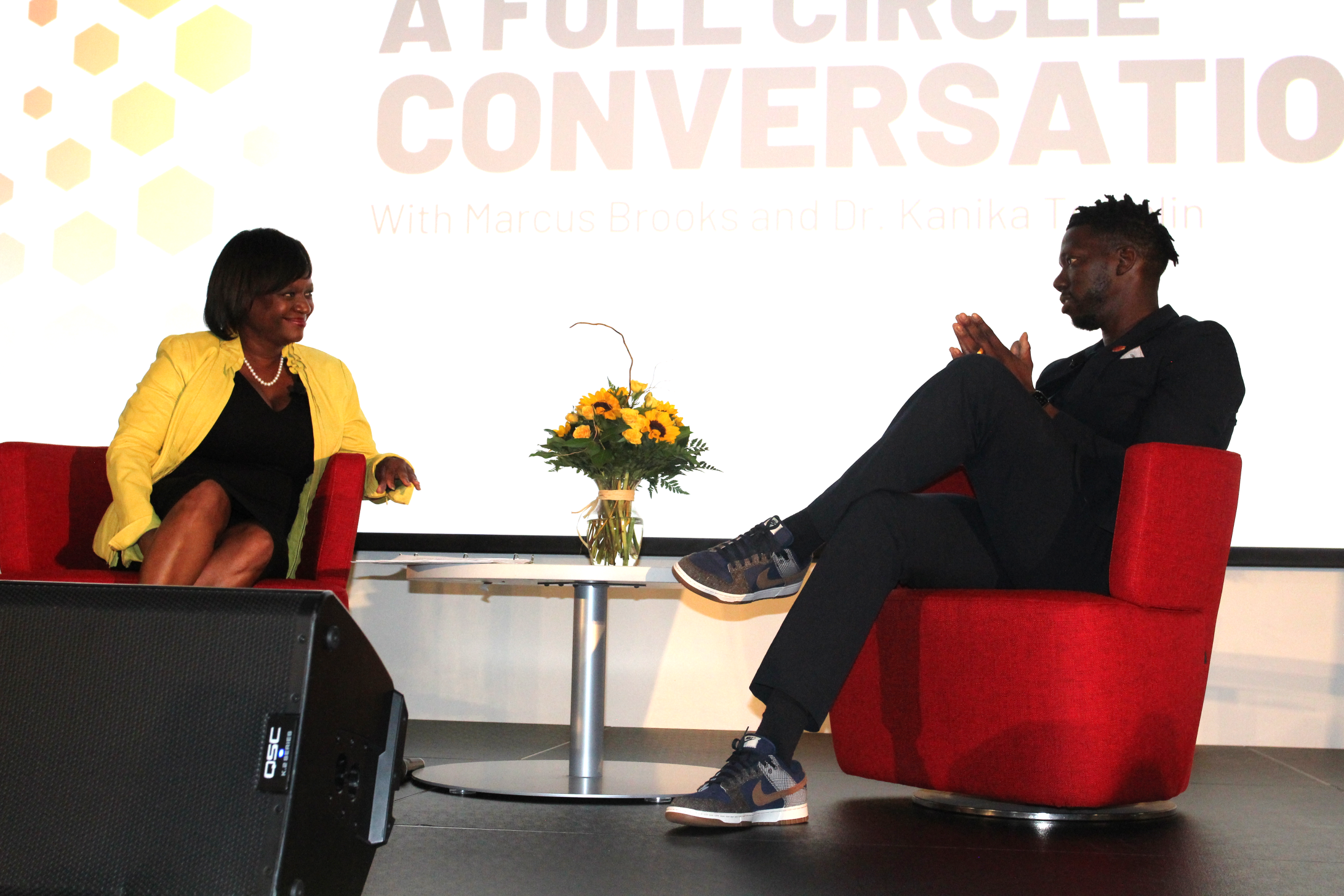
Marcus A. Brooks, executive director at the Center for Health Equity, briefly interviewed Dr. Kanika Tomalin at the Full Circle Celebration on Nov. 16.
“We’re not talking apples and oranges,” she pointed out, “we’re talking apples and apples, oranges and oranges, humans and humans. We’re talking about two people who are essentially the same, other than their race, but their life expectancy, their access to quality education and attainment of post-secondary school or training, or earnings economic opportunity and stability, their built environment and neighborhoods, access to quality healthcare and how they’ll be treated when they receive that care.”
The disparity has nothing to do with achievement, aspiration, intelligence, ability, or ambition, she said, asserting, “We know that underserved does not mean undeserved, and the inequity we see is real and unearned.”
The persons living in Snell Isle and Campbell Park are a picture of access and opportunity or the lack thereof. Tomalin posits that it’s a calculated result of systemic racism and bias areas that have designed, with precision over time, the different outcomes experienced by different people in our community.
“All of us here at the Foundation for a Healthy St. Petersburg agree such outcomes are unacceptable; such disparity will be our demise, and it is our work to rewrite this story,” Tomalin said.
Over the last decade, thanks to innovations, opportunity creation and leadership, African-American poverty is at a historic low in St. Pete, while attainment of post-secondary education, career advancement, homeownership and earnings have all improved, she said.
However, most material gaps between Black and white people here have grown in this same time. The need for this Foundation’s work to achieve health equities through the advancement of racial equity is as relevant and needed now as it’s ever been, Tomalin stressed.
The stories of Black and Brown people and their contributions to our community must be told, shared, and celebrated, she said, and the work toward equity must include these stories — all of them.
“As we consider what is worthy preservation and perpetuation; as we decide as a community which corners are sacred and which can be redeveloped without regard, as we look at homes and schools, churches and centers of culture and community, we must know what such places meant to the trailblazers before us who built them and we must imagine what they will mean to the souls yet born who will occupy them if we do our work.”
Why was the Foundation for a Healthy St. Petersburg created?
A decade ago, the FHSP was created from the assets of the sale of Bayfront Health System with a mandate to use the proceeds from the sale to make the community healthier for the people the hospital historically served.
The leaders at the time quickly realized that simply providing urgent and alternative care for those who fall in the gaps of a system embedded with disparities does nothing to close those gaps.
“To truly make a difference, we have to address inequity and deal with the determinants that drive disparate outcomes,” she said, noting that the Foundation needed to understand what creates the disparities they seek to dismantle.
The FHSP set its sights on redefining systems that have been “implicitly and exquisitely” embedded with bias and structural racism and expanding the focus to system change and upstream determinates.
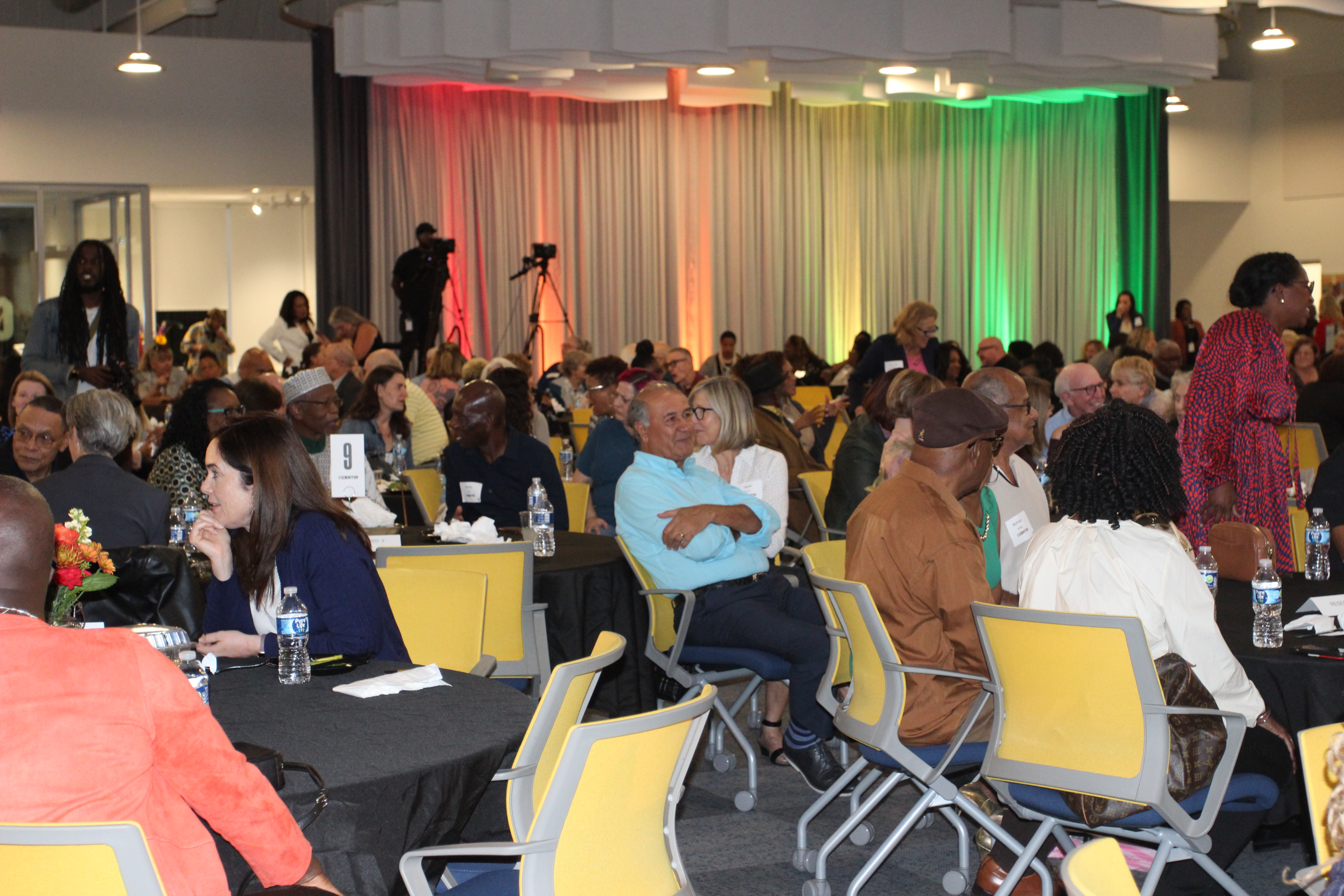
More than 300 people attended the TED Talks-style conversation with Dr. Kanika Tomalin as she shared her vision for the Foundation.
“We work to achieve health equity through the advancement of racial equity because, in our community, that is where the dilemma lies,” she explained.
Racial disparities start at birth and follow a person through every stage of life, she explained, and this is especially true as it relates to health outcomes. Our community will only know health equity if it can sustainably claim racial equity.
The Foundation is focused on current strategic areas of impact: mental health and wellness and economic equity injustice. The community can look forward to seeing millions of dollars in grant distribution, and the Foundation looks forward to connecting with the public on engagement, research, evaluation, strategic initiative and so much more.
The team is working hard on a multi-year strategy, as data and outcomes will guide its decisions on where it will focus next.
“But know this: whether it’s economic equity, injustice or neighborhood restoration and redevelopment, we will always be committed to investing in the opportunity creation that is required to shift the trajectory that carves 16 years out of some of our neighbors’ lives.”
Tomalin started this work as deputy mayor when she helped create the Healthy St. Pete initiatives. The city has climbed 21 places in the county health rankings since 2015 and is among the healthiest communities in the state.
Tomalin said health sits at the heart of all other quality-of-life considerations. She knew if her time in City Hall would make a difference, it had to include a commitment to build a healthier community.
The results of a healthier community started a movement that introduced the South St. Petersburg CRA, a Community Benefits Agreement, urban agriculture, declared racism a public health crisis, commissioned a structural racism study and invested in placemaking that is transforming our neighborhoods and communities.
“Our hard work is working,” she stated. “It reflects intention, policies, and practices.”
The FHSP is excited to work with the city and the Rays-Hines group to help promote equity in redeveloping the historic Gas Plant site.
“We will have to work hard, all of us, to realize the enormity of this redevelopment in an equitable way,” she said. “And believe me — believe this Foundation — we will.”
The FHSP is primarily a non-operating foundation, which means it does not operate the programs that make a difference in health outcomes and equity in our communities but instead supports them, helping to effect and create community-driven sustainable solutions that make for self-perpetuating change.
Furthermore, the Foundation plans to keep forging partnerships with organizations and funders in and outside of the community so that it can do more to amplify its impact.
“Look for our formalized connections to continue in measurable and meaningful ways.”
The night’s theme celebrated the power of this full-circle moment:
- The full circle of Tomalin’s return to the crucial work of the Foundation more than a decade after helping start it.
- The full circle of the FHSP’s focused return to health equity that sits at the core of its mission.
- A full circle of inclusion that incorporates room for diverse perspectives and lived experiences, perspectives that continue to elevate equity as a critical element of our communities.
- A full circle of the Foundation’s work to influence the social determinants of health in ways that may never be finished.
“You complete the circle with your actions every day,” Tomalin said. “Each of us, every day, is either helping to advance a more equitable community or sustain the status quo, and your presence here tonight is evidence of your willingness to advance a more equitable community.”

